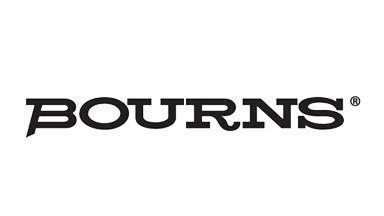Power factor correction (PFC)
Standards and requirements are growing for increased efficiency in all power systems. Systems that have a low, or uncorrected, power factor (PF) will impact on losses in the local power conversion system and electrical distribution system. Therefore circuit designers will need to utilise power factor correction to meet distribution requirements. Bourns offers a wide range of power inductors and snubber and current-sense resistors, including wire-wound, thick-film, metal-strip and metal element types, to help engineers meet PFC application requirements.
| Product Type | Application | Download datasheet and buy online | Features Overview |
|---|---|---|---|
| Power Inductors |
|
*RoHS Directive 2002/95/EC Jan. 27, 2003 including annex and RoHS Recast 2011/65/EU June 8, 2011. |
|
| Snubber Resistors (wirewound) |
|
*RoHS Directive 2002/95/EC Jan. 27, 2003 including annex and RoHS Recast 2011/65/EU June 8, 2011. |
|
| Current Sense Resistors |
|
*RoHS Directive 2002/95/EC Jan. 27, 2003 including annex and RoHS Recast 2011/65/EU June 8, 2011. |
Engineering Services
Ask an expert
Have a question? Our regional technical specialists are on hand to help

Primary AC Circuit Protection
There are a wide range of VAC circuit protection devices available to protect the offline power supply circuit on the primary side.
Learn MoreEMI filter - inductors
EMI noise suppression is a key factor to consider in the design of many products and applications.
Learn MoreRectifier bridge
The highest levels of functional integration and miniaturisation have been achieved with Bourns’ latest chip-packaged bridge rectifier diodes.
Learn MoreIsolating DC-DC SMPS
Bourns offers a range of power transformers for use in isolating DC/DC switch-mode power supplies.
Learn MoreNon-isolating DC-DC SMPS
Bourns offers a variety of power inductors, resistors and trimming potentiometers that meet the requirements for DC-DC converter.
Learn MoreSecondary DC circuit protection
Bourns supplies a range of options with protection devices and solutions for the VDC secondary DC circuit.
Learn More